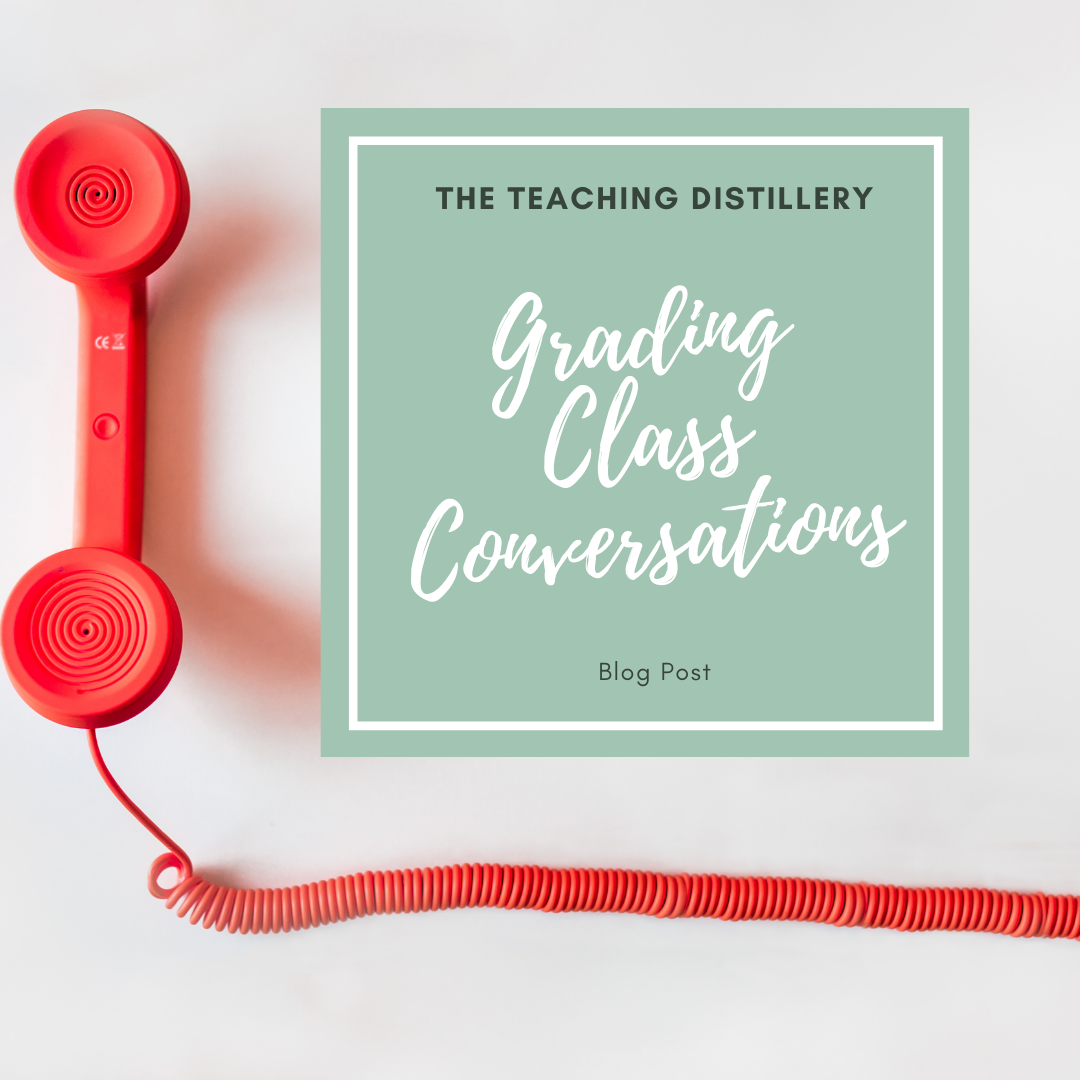If you are teaching remotely or in a Hybrid format and have not tried Google Jamboard yet, or if you have tired Jamboard and are searching for more ways to implement this tech tool in your classroom, look no further. This post is for you.
Read MoreTrauma is not one problem or experience. Rather, trauma is a connection of challenges and symptoms spanning a duration of time and an array of experiences. When humans experience stress or trauma, it sends stress hormones throughout our body. If this happens sporadically, that is fine, but when it becomes a daily stress, that is when it becomes a problem for anyone. In the case of students, trauma will interfere with behavior and learning.
Read MoreThe Common Core State Standards may hold the argument essay in high regard. However, it is the expository essay that many students will be required to write for most of their young adult and adult lives. The ability to inform and explain through writing is just not a skill one needs to make it through school. Most jobs have one thing in common: to be a competent employee, one needs the ability to inform and to explain through writing.
Read MoreTeacher friends, have you all heard about Parlay yet? We wrote about it in our blog post on How to Grade Class Discussions. If you are teaching in a remote or hybrid setting, this is definitely a website that you need to be checking out! Parlay is a discussion-based learning tool and global community of educators who are reimagining class discussions for the 21st Century.
Read MoreTrauma informed education should not just be one more thing added to our ever growing list of demands to our jobs. If it is just a checklist for educators, then trauma informed education can and will make the wounds of trauma even more pronounced and can blatantly ignore other types of trauma.
Read MoreWhile we can’t change the world overnight, there are some things that we can do to help make this time a little bit easier for our students. It is important to create a virtual or real classroom where students feel safe, have predictability, rituals and routines, and that remains a place of consistency. Here are some specific suggestions:
Read MoreI like to reflect on each passing year and look back on what happened and how I have grown or changed.
Read MoreThis is a LED light mask with three light settings.
Read MoreGrading class conversations can be a nightmare. I usually just avoid grading it, but I always have trouble getting everyone to participate and honor the community of classrooms. So here are a few ideas that I have come across to help alleviate these discussion grading dilemmas.
Read MoreWe all know that it is important to support small businesses, even more so now that we are in the middle of a pandemic. According to the site Jungle Scout, “Amazon earns $232.9 billion a year, that translates to: $19.4 billion per month. $4.5 billion per week. $638.1 million per day.” Meanwhile, small businesses are shuttering, the unemployment rate is climbing, and winter is coming.
Read MoreOne of the biggest challenges we have had to face when teaching remotely is how to assess our students’ independent reading. During a normal school year, we provide twenty minutes at the start of class each day for students to silently read. During that time we walk around and confer with each of our students independently. During our conferences, we discuss our students’ reading lives. We assess their reading habits and discuss reading strategies to help our students grow as readers. We also take that time to recommend new books (admittedly our favorite part).
Read More









